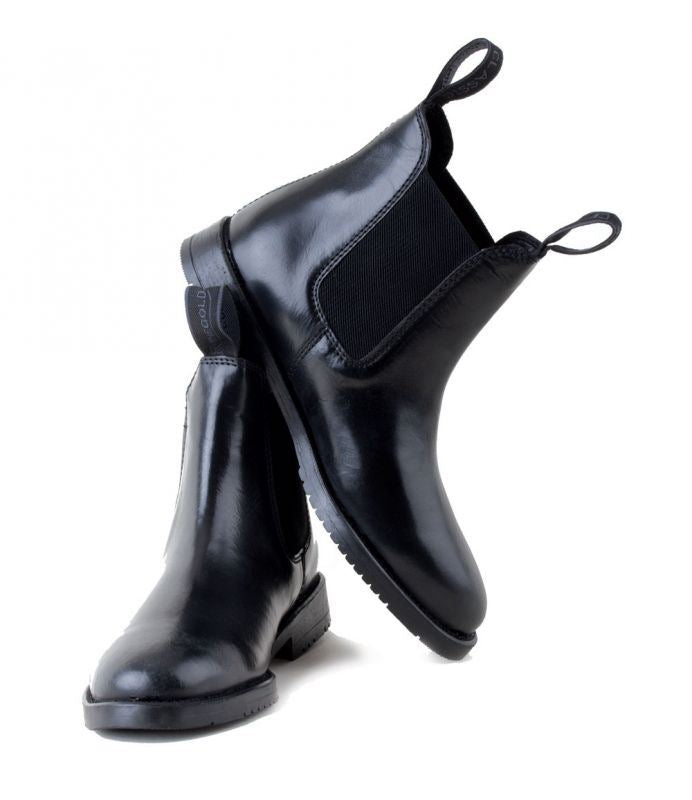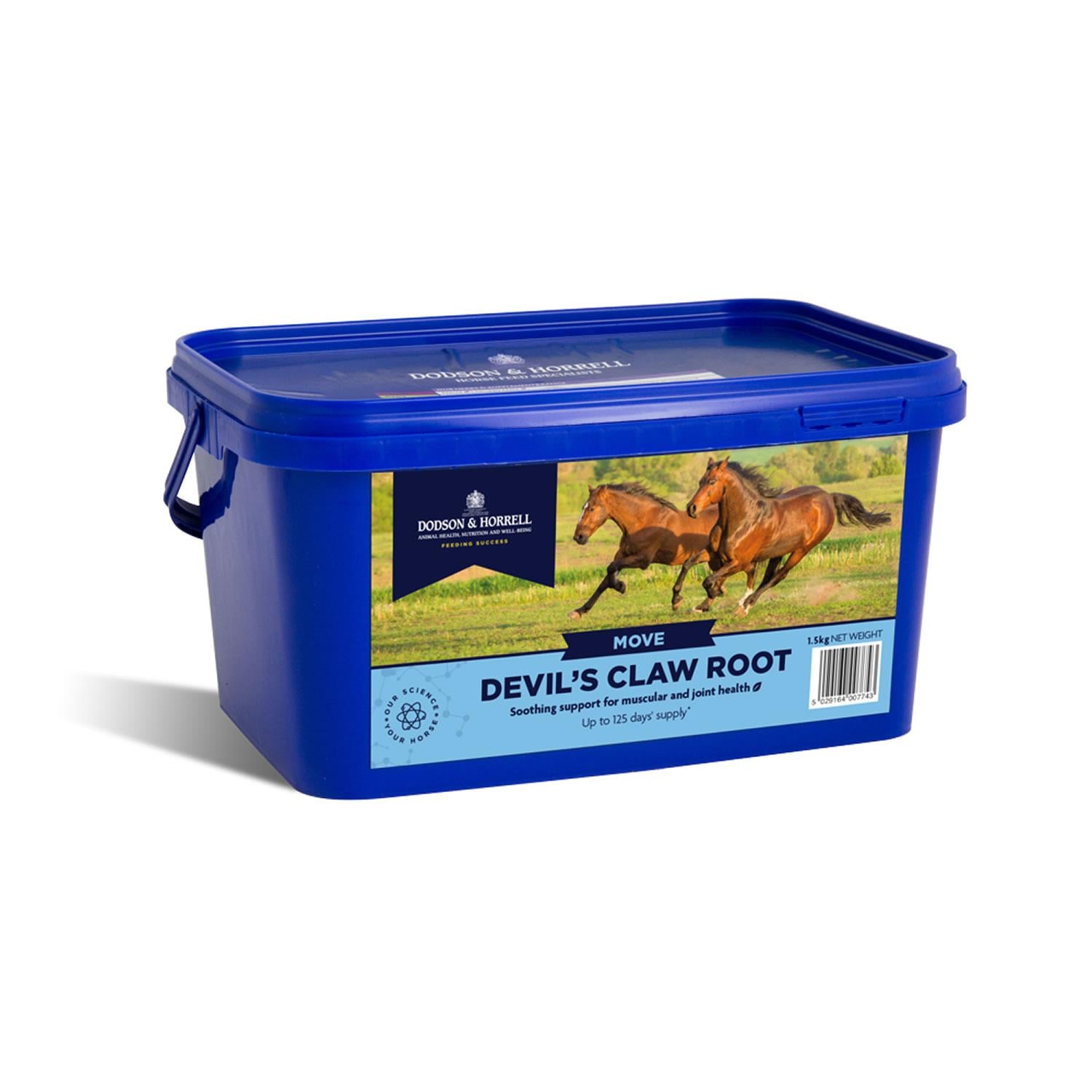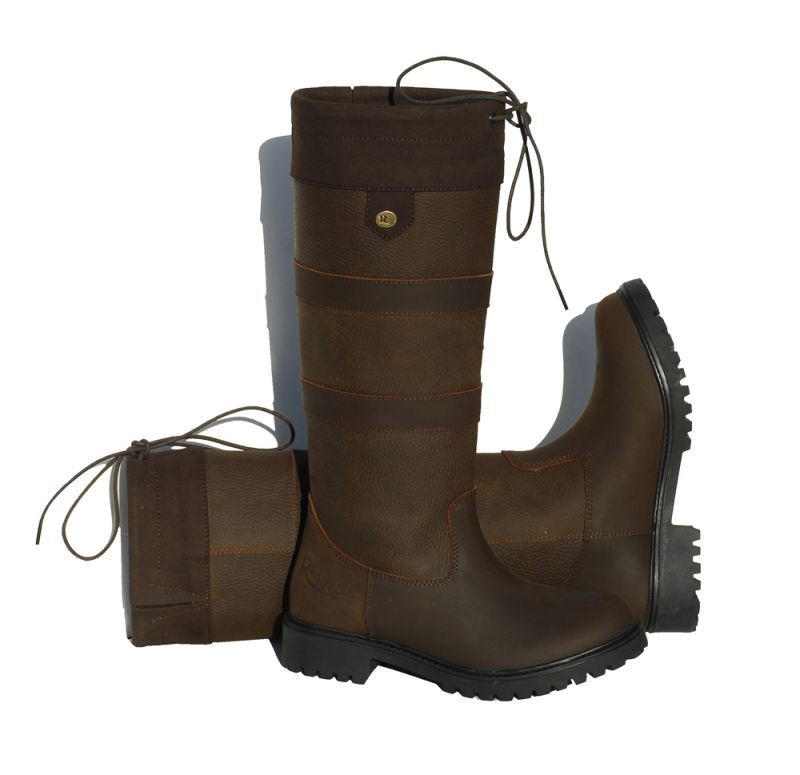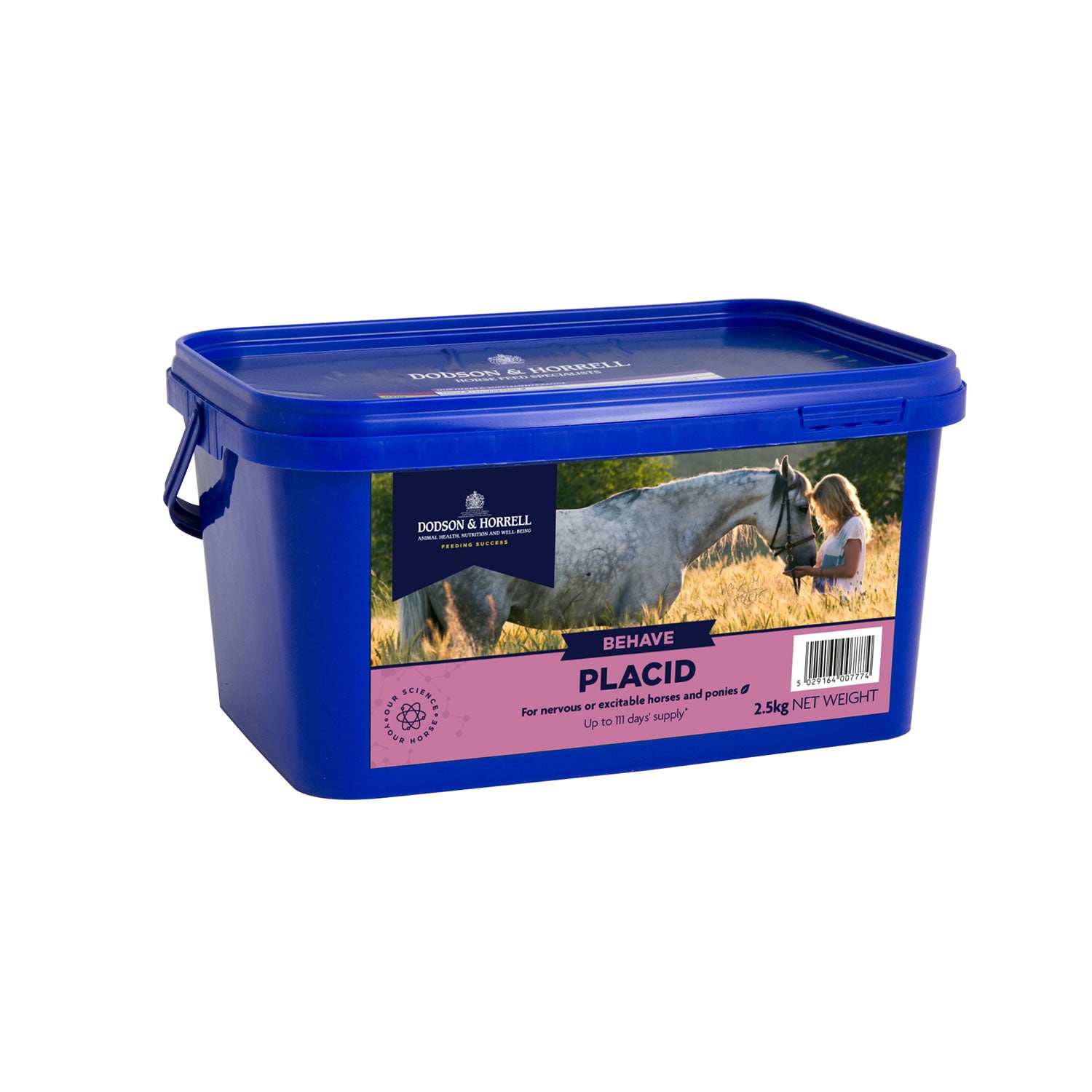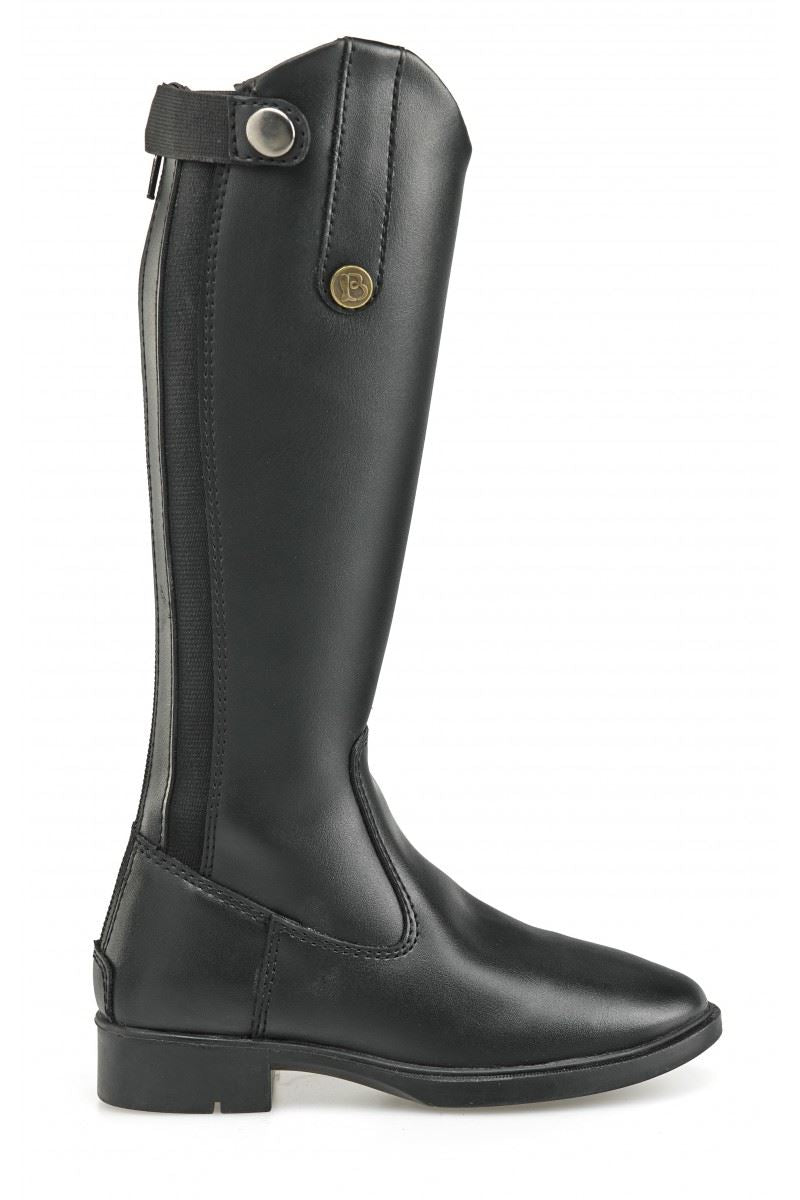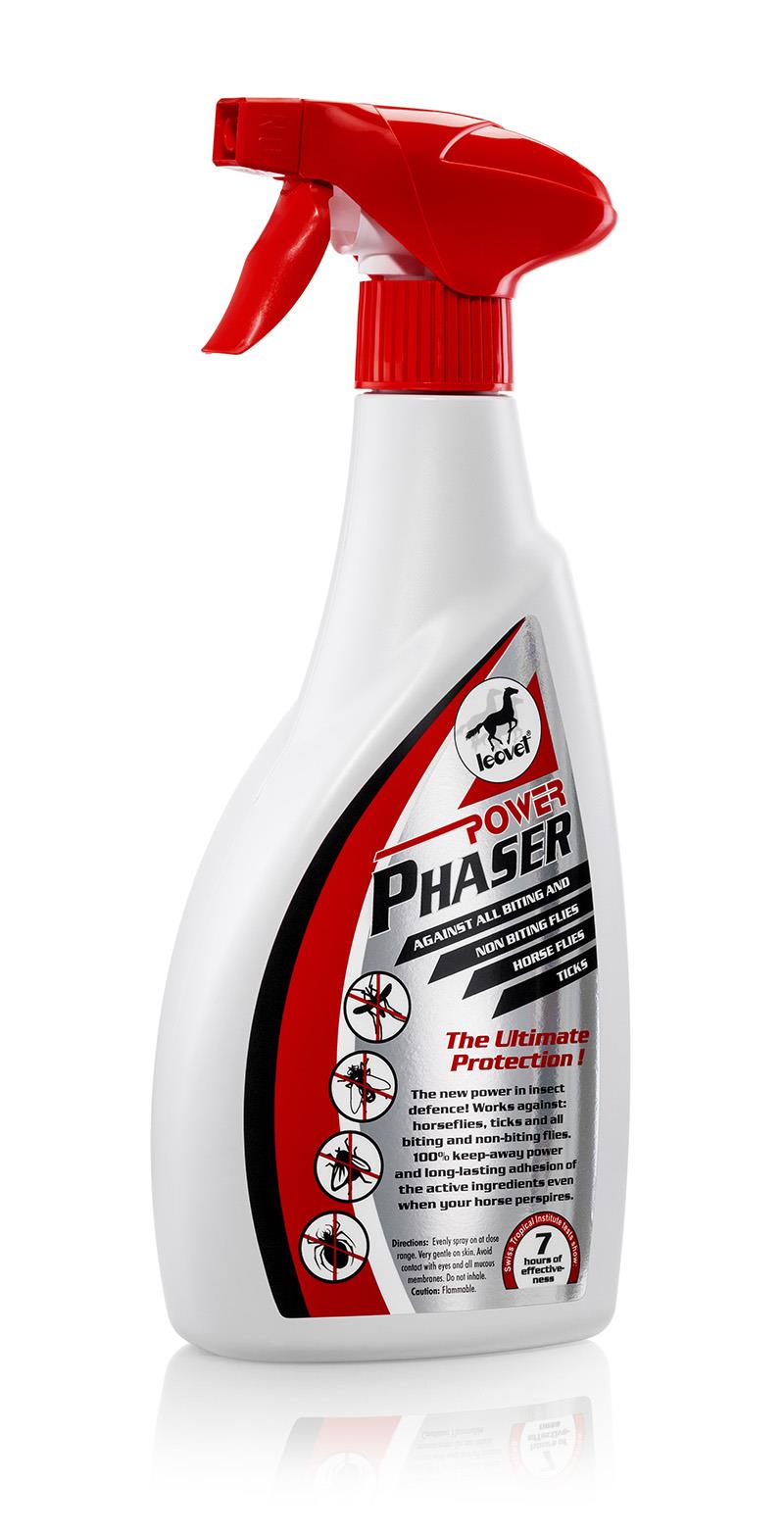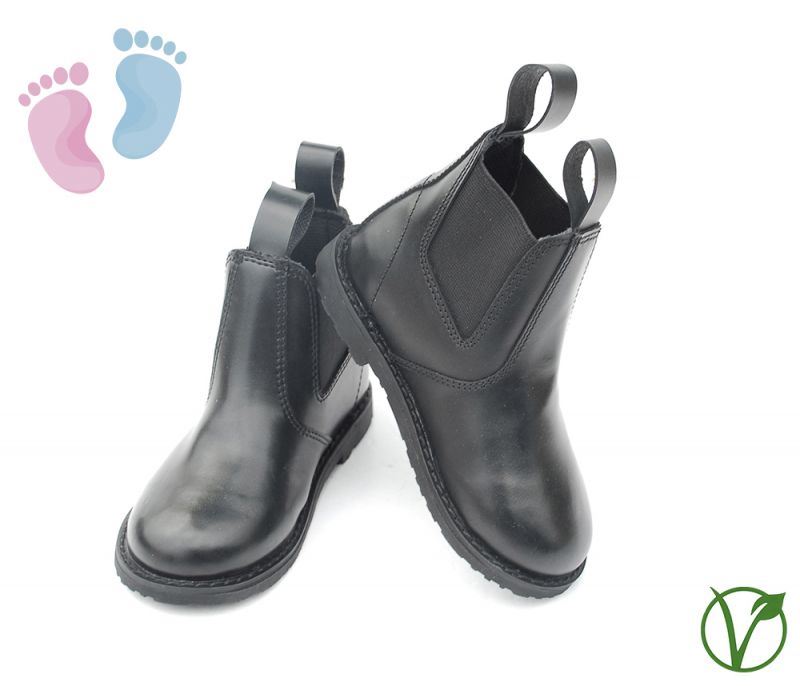Understanding Strangles: An Unwelcome Guest in Florida's Horse Farms
Horse enthusiasts and professionals across Florida are currently on alert due to a recent outbreak of strangles. As of May 5, 2025, a 7-year-old Thoroughbred gelding in Marion County was confirmed to have strangles, marking it as the 18th case within the state this year. This highlights the continuous need for vigilance in preventing this highly contagious equine disease.
What is Strangles?
Strangles is a communicable disease found in horses caused by the bacterium Streptococcus equi subspecies equi. It's spread primarily through direct horse-to-horse contact or indirectly via contaminated surfaces like equipment, stall areas, and even handlers. Asymptomatic carriers pose an additional challenge, as they can shed the bacterial pathogen for weeks after apparent recovery, further complicating outbreak control efforts.
Symptoms and Diagnosis
The infection usually manifests within 3 to 14 days post-exposure. Early signs include fever, nasal discharge, coughing, and muscle swelling. Most notably, it features the swelling of lymph nodes, especially around the throat area, which can lead to breathing difficulties if abscesses form and rupture. Diagnosis leans heavily on polymerase chain reaction (PCR) testing, a quick and accurate method using samples from nasal swabs or abscesses, pinpointing the presence of S. equi DNA.
Treatment and Recovery
Treatment focuses on supportive care—ensuring the horse has adequate rest and using anti-inflammatory medications to ease symptoms. While antibiotics are effective, they are usually reserved for severe cases because their usage in milder situations may hinder the development of natural immunity. Thankfully, most horses recover fully within three to four weeks, given appropriate care.
Prevention: Biosecurity Measures
Owing to its contagious nature, strangles demands stringent biosecurity protocols. Current vaccines offer some protection but are not foolproof in every environment. As such, practices like quarantining new arrivals, keeping infected or exposed horses isolated, and maintaining rigorous hygiene of equipment and personnel are vital.
The Bigger Picture: Economic and Community Impact
The economic implications of a strangles outbreak can be severe, especially in Florida—a hub for horse breeding and racing activities. Apart from the health risks to equines, there's potential disruption to events, breeding programs, and substantial financial losses for stakeholders. The Equine Disease Communication Center's (EDCC) Health Watch initiative plays a key role in managing such scenarios by providing timely, verified information on equine health risks, backed by industry donations.
In conclusion, while strangles remains a perennial threat in the equine sector, its long-term control relies on a combination of proactive prevention, rapid diagnosis, appropriate therapeutic measures, and ongoing educational efforts to ensure the safety and vitality of Florida's equine community.
For more about strangles and equine infectious diseases, visit TheHorse.com.


